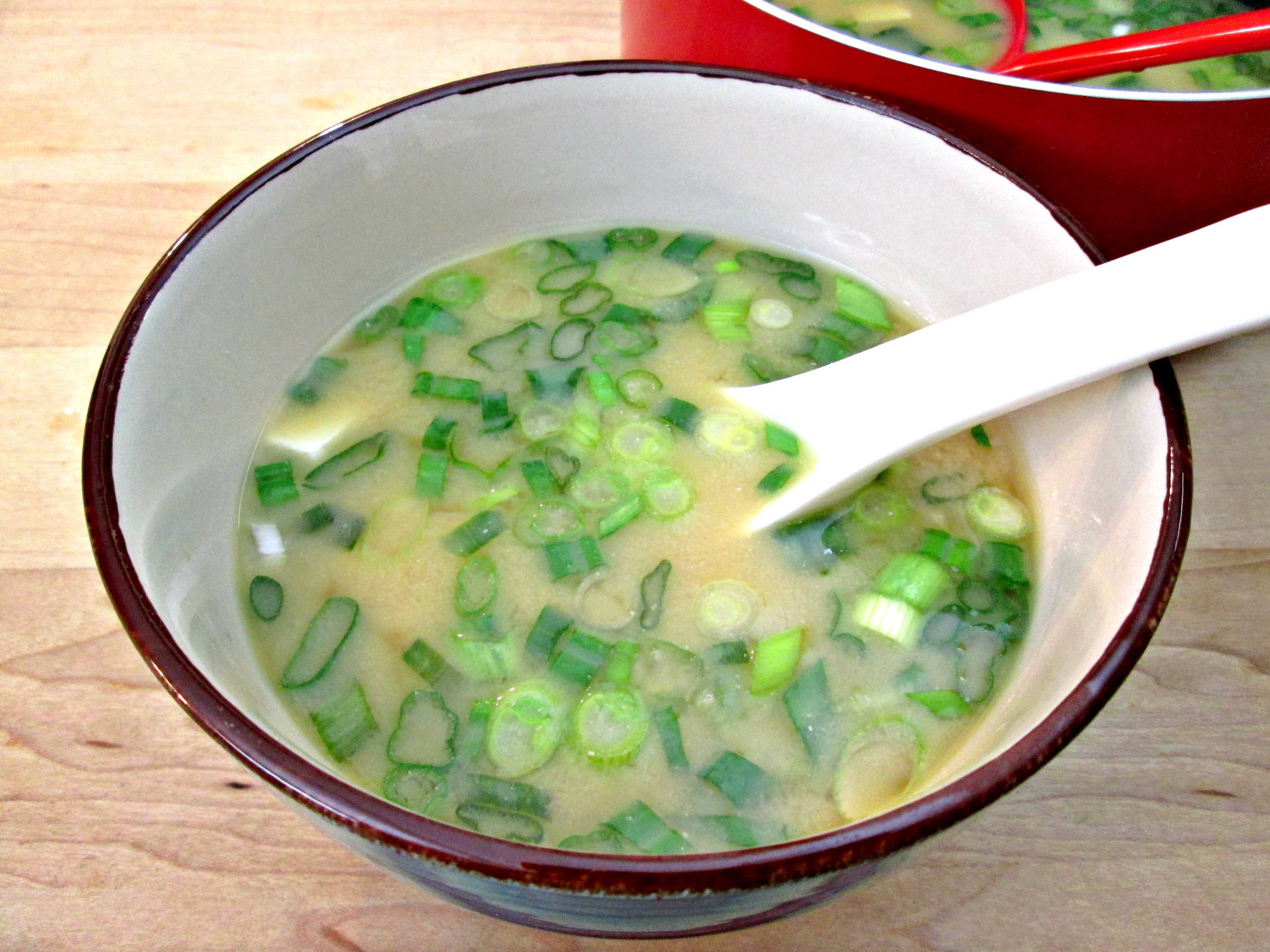
Chow Mei Fun Singapore Noodles
The Best Singapore Noodles If you’re thinking that this recipe title is actually 3 different recipes, you’d be right. I combined Chow fun, Mei fun and Singapore noodles because there virtually isn’t much difference. Mei Fun is a thin rice noodle and Chow Fun, is the thicker flat Vermicelli rice noodle, similar to fettuccini. Singapore…








